Dr. Katrina Mitchell's work with burn-injured children in northwestern Tanzania - Slideshow
See photos of Dr. Katrina Mitchell's work with burn-injured children in northwestern Tanzania, highlighting the need for greater global attention.
Click to read the full article by Katrina B. Mitchell discussing her work in East Africa
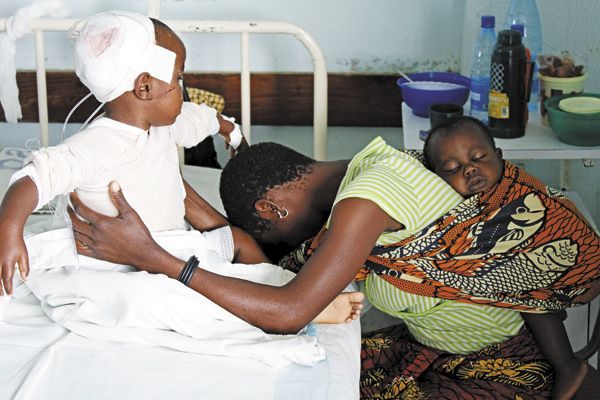
A mother cares for her small child who had an operation to close the scalp wound he sustained from a hut fire. Photo courtesy of David Chalk. See more of Dr. Mitchell's photos from her work in Tanzania at ContemporaryPediatrics.com/Dispatches_Mitchell
Click to read the full article by Katrina B. Mitchell discussing her work in East Africa

A small child receives nutrition essential to healing her lower extremity burn wounds. Photo courtesy of David Chalk.
Click to read the full article by Katrina B. Mitchell discussing her work in East Africa
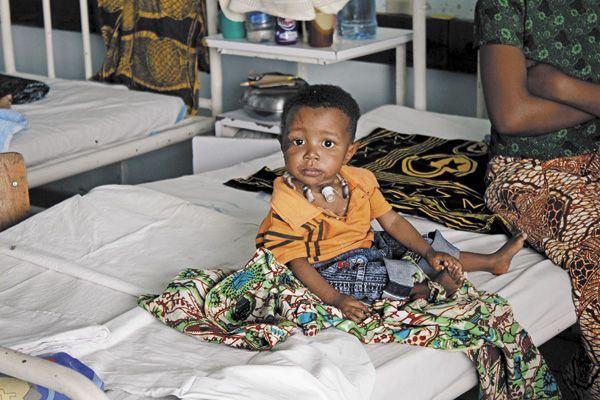
A baby recovers from his chest burns. Photo courtesy of David Chalk.
Click to read the full article by Katrina B. Mitchell discussing her work in East Africa
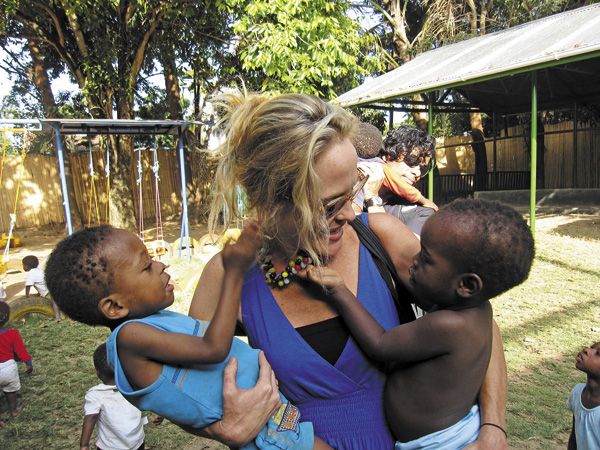
Dr. Mitchell visits children at Forever Angels baby home in Mwanza,Tanzania. Forever Angels is a well-established orphanage that serves the Lake Zone region of northwesternTanzania and that has been instrumental in providing home care for children with medical needs such as burns. Photo courtesy of Sam Yohannan.
Click to read the full article by Katrina B. Mitchell discussing her work in East Africa
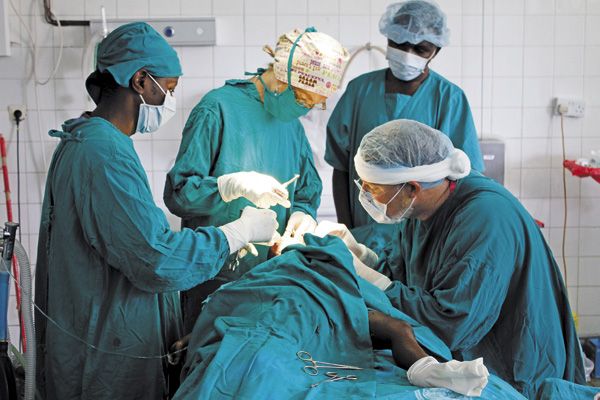
Dr. Geofrey Giiti, director of the Mwanza burn unit, Dr. Katrina Mitchell, and Dr. Jim Gallagher of the William Randolph Hearst Burn Center at New York-Presbyterian Hospital operate on a child with a burn. Photo courtesy of David Chalk.
Click to read the full article by Katrina B. Mitchell discussing her work in East Africa
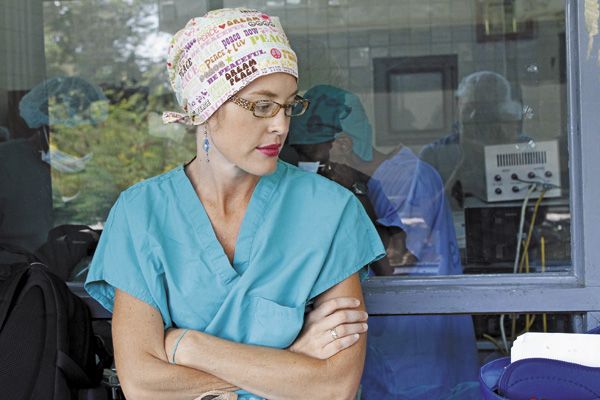
Dr. Katrinia Mitchell waits for a case to start in the operating theatre. Photo courtesy of David Chalk.